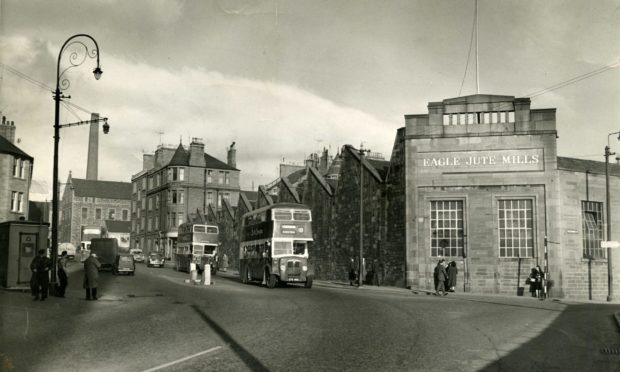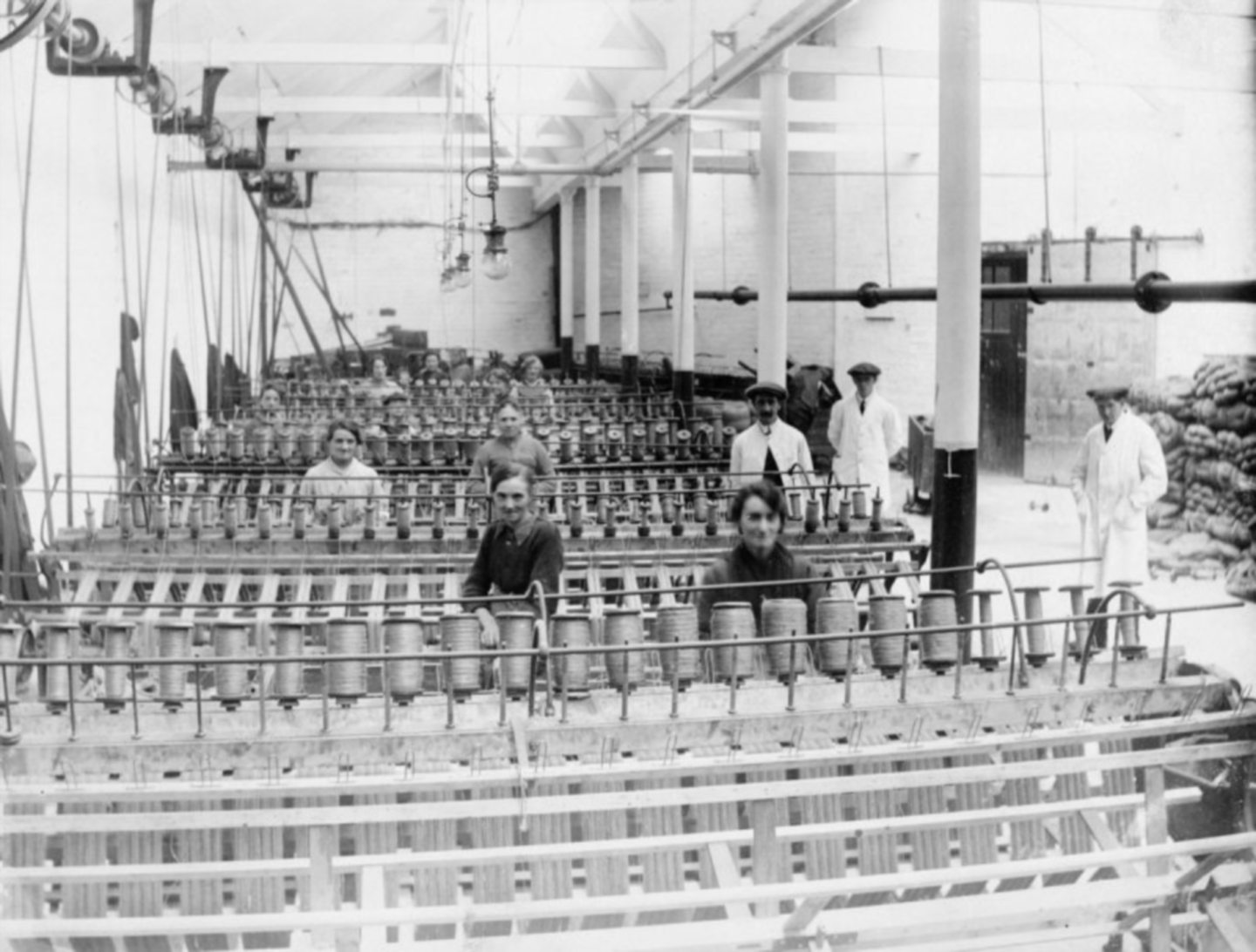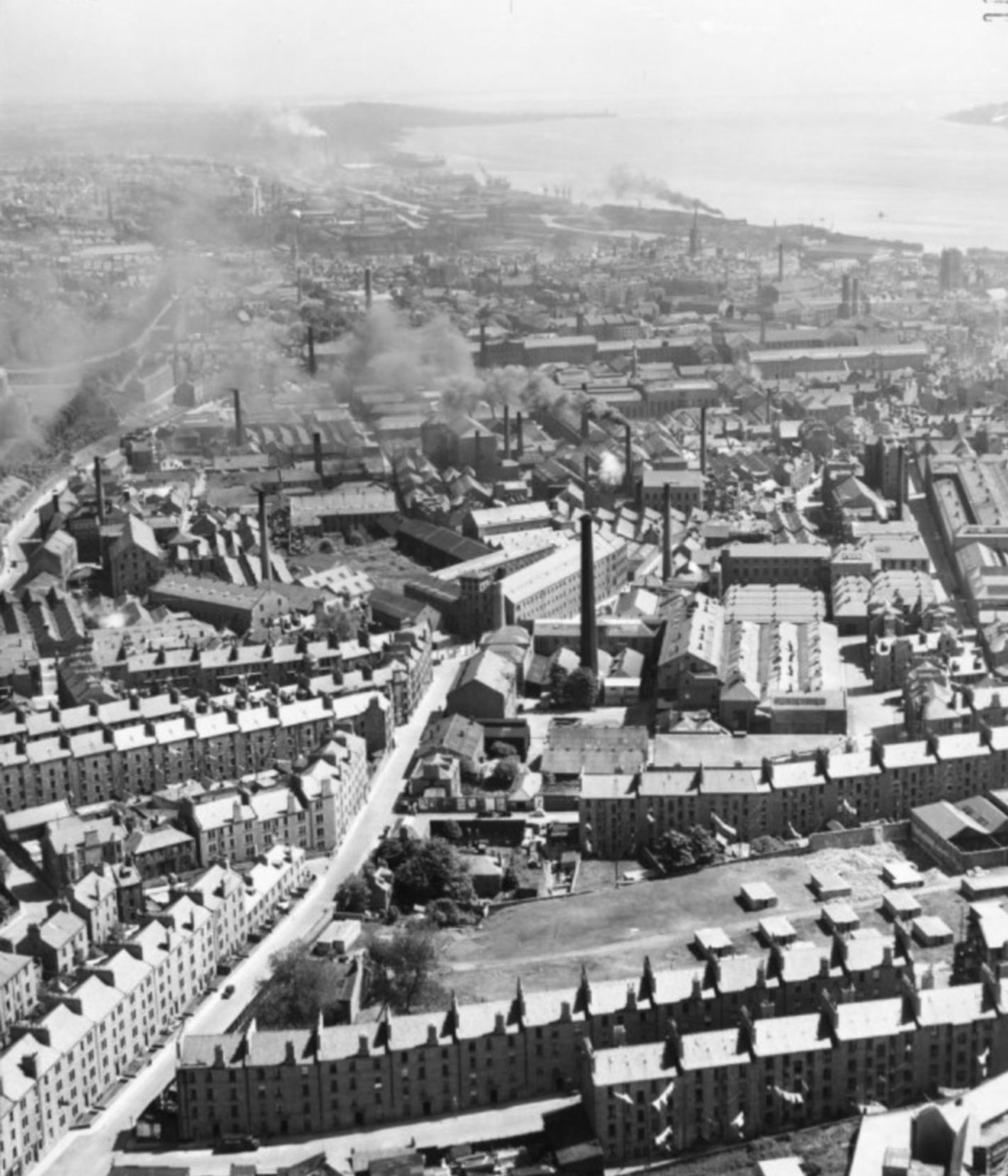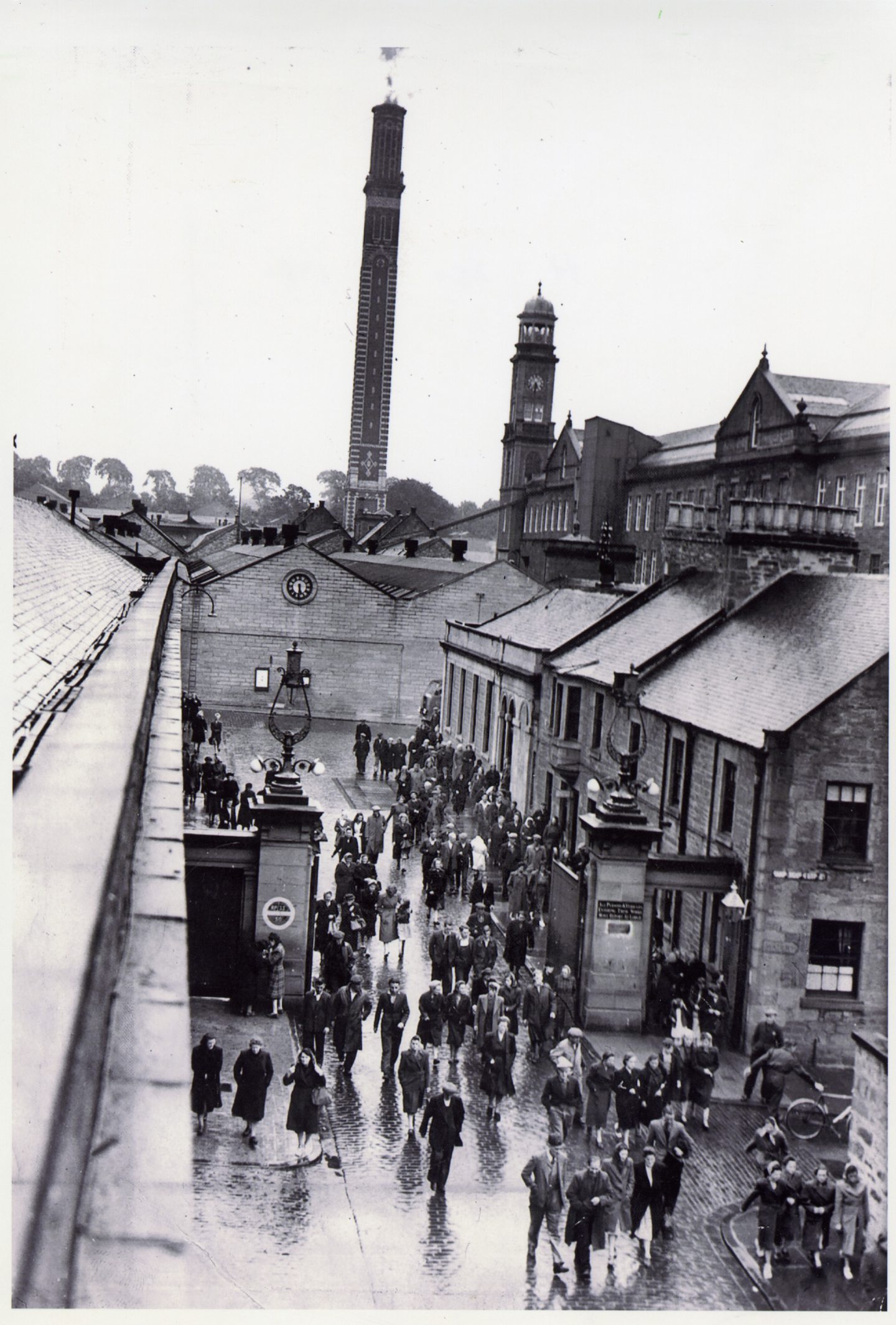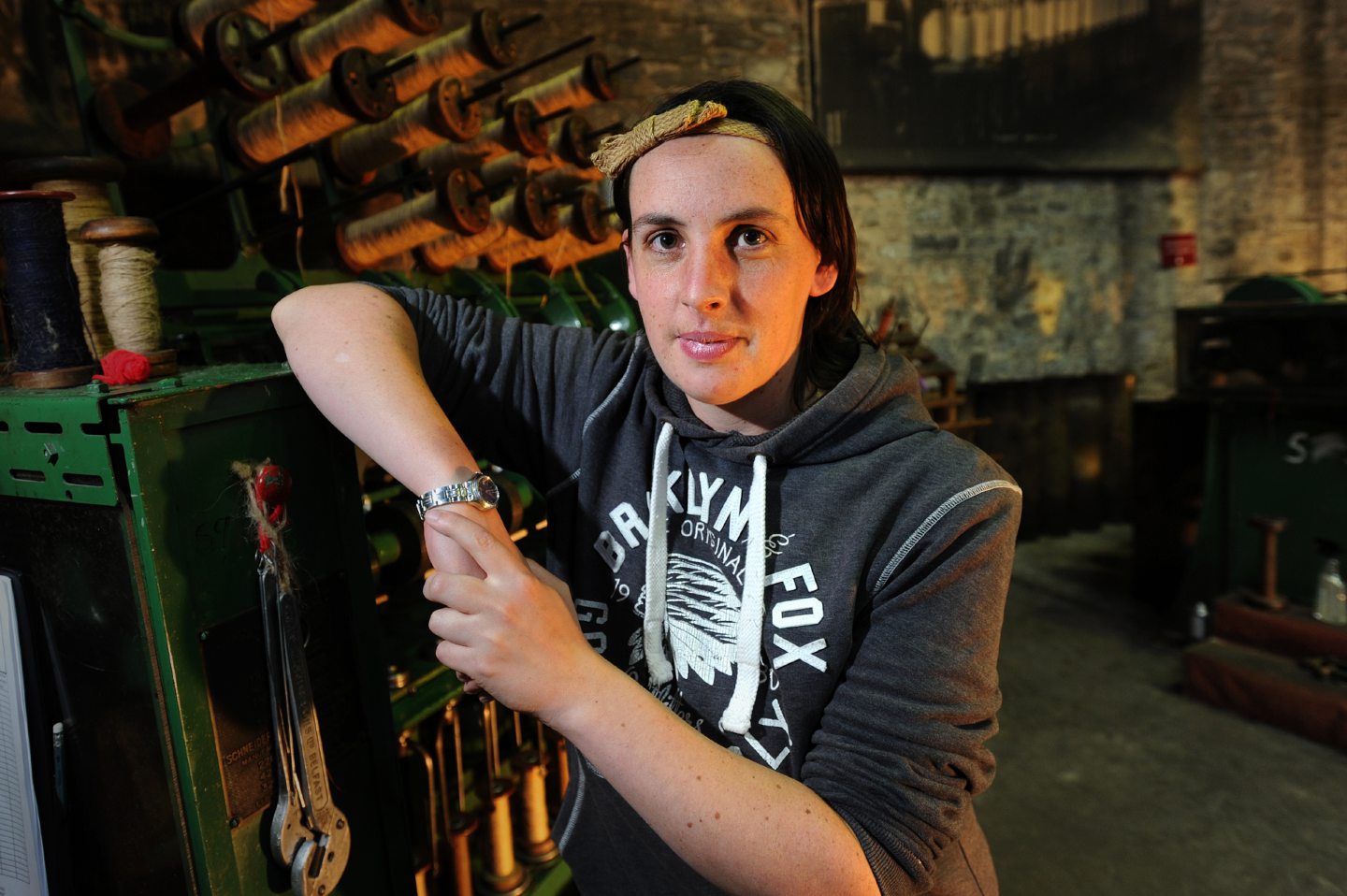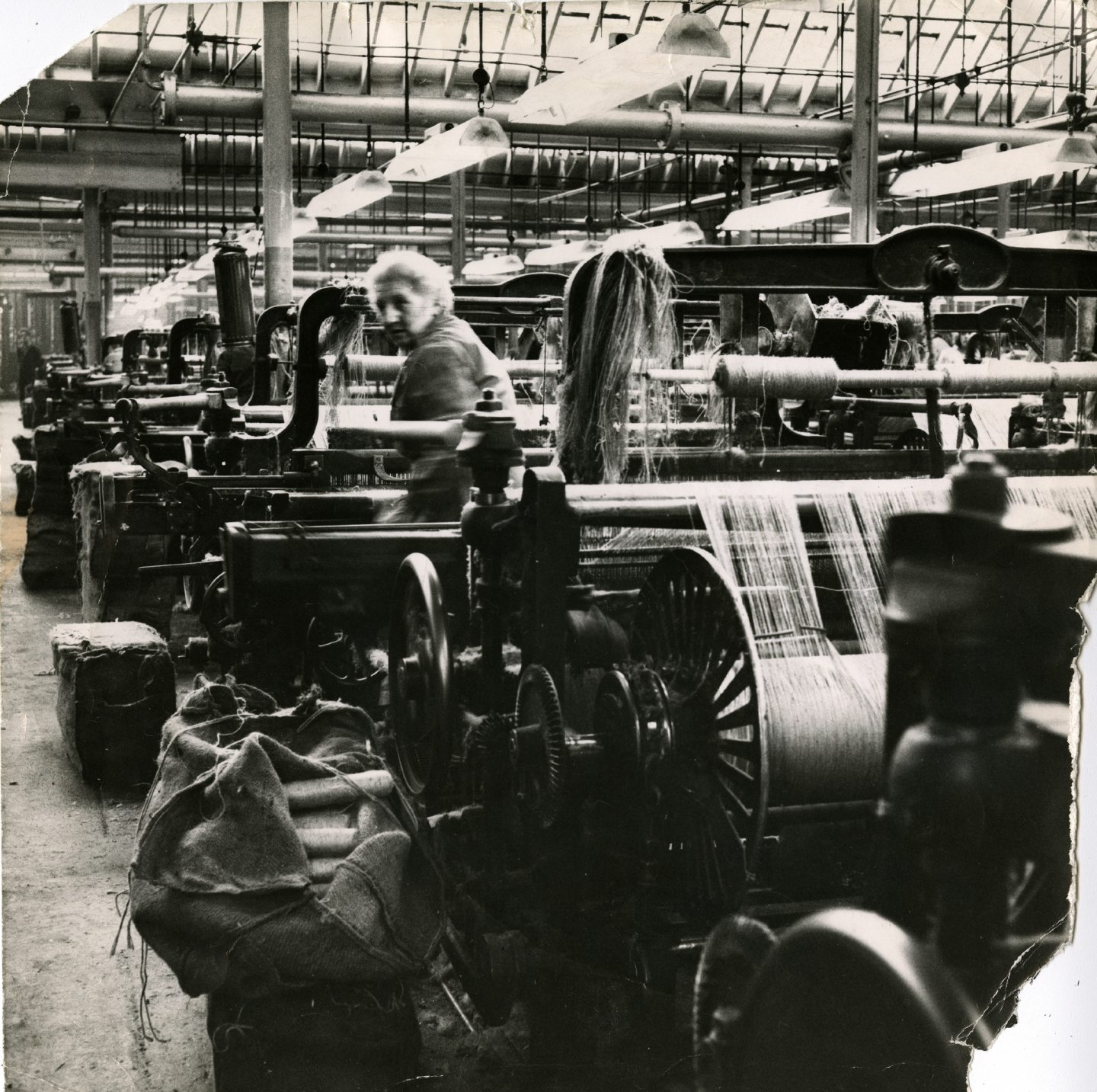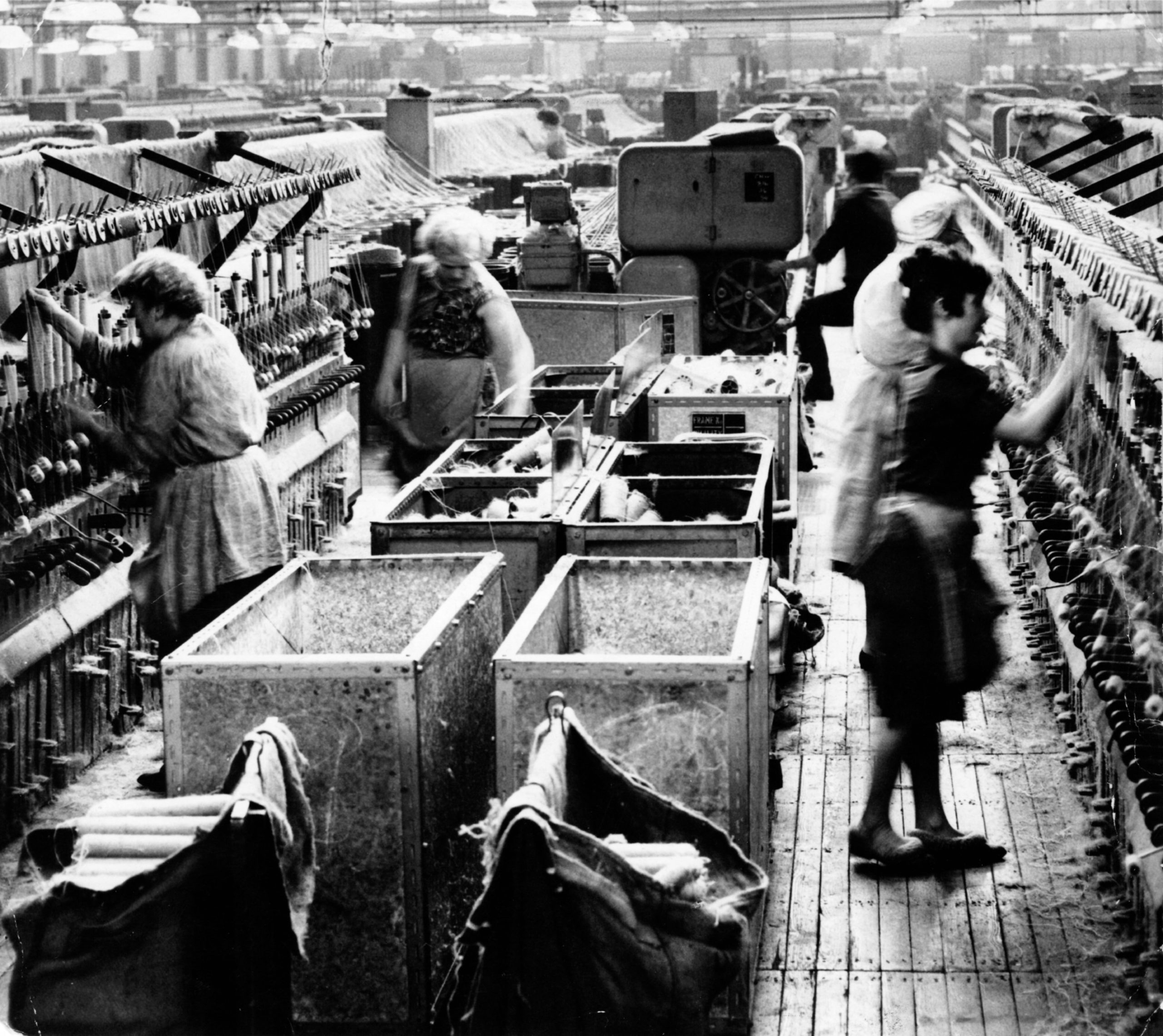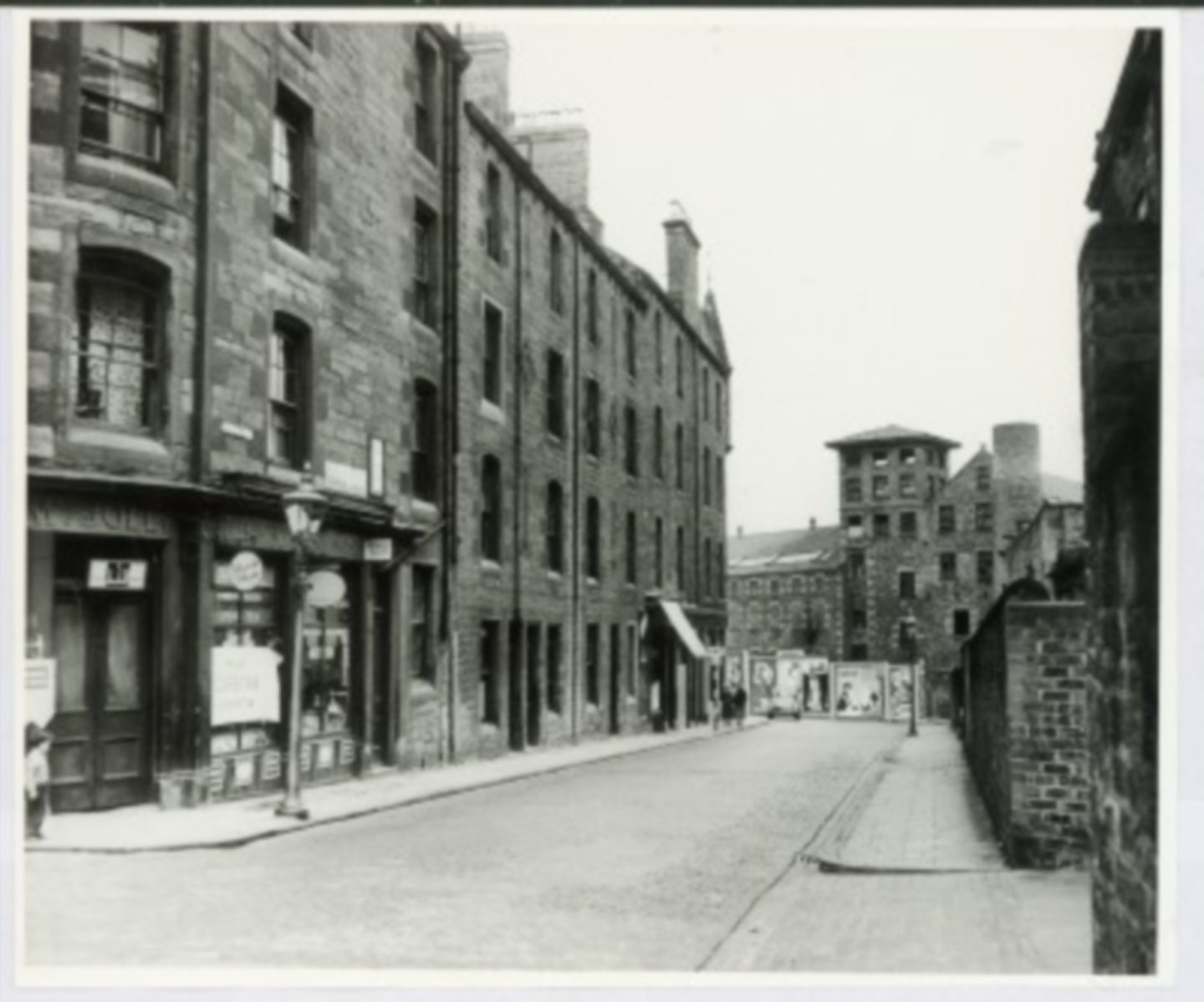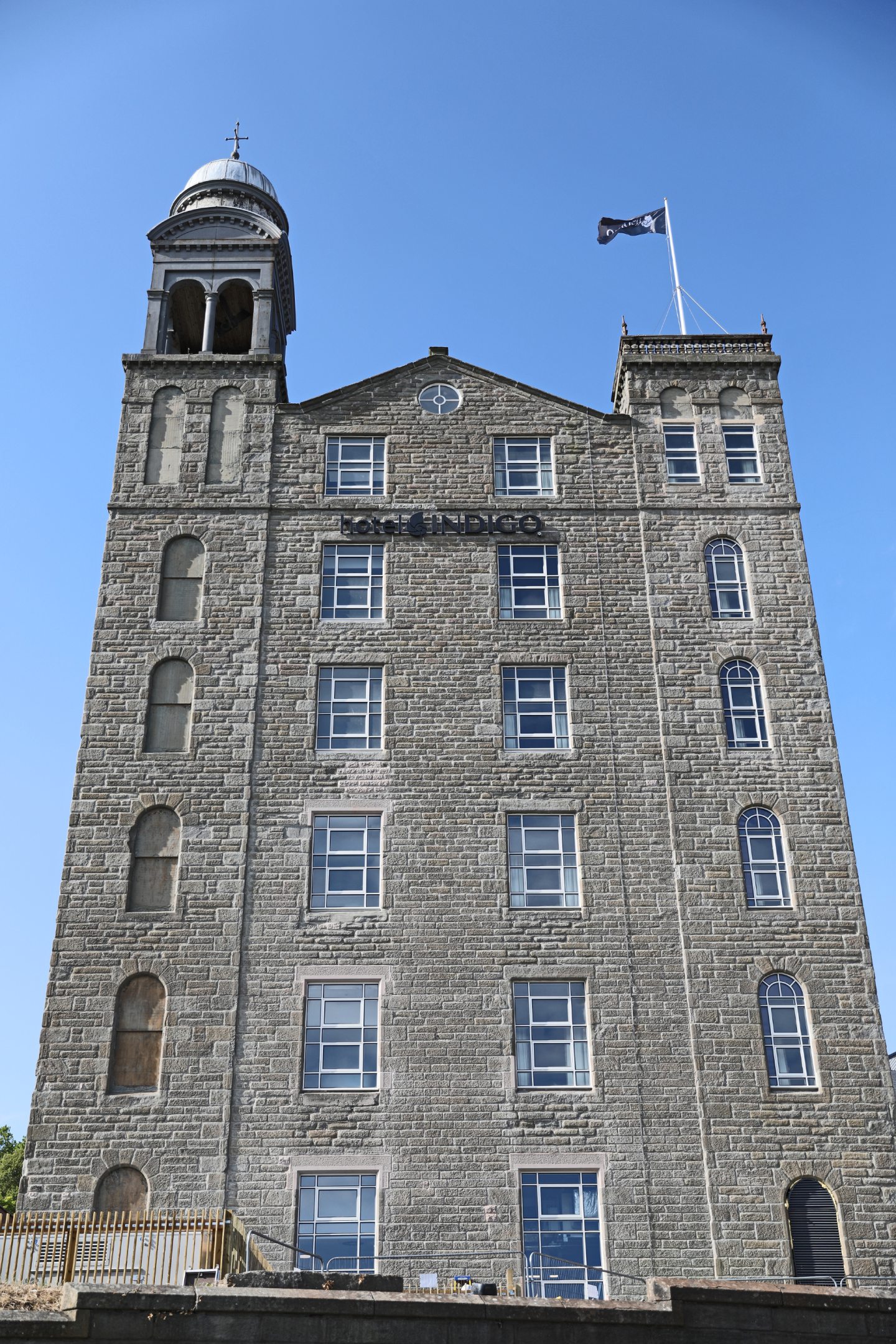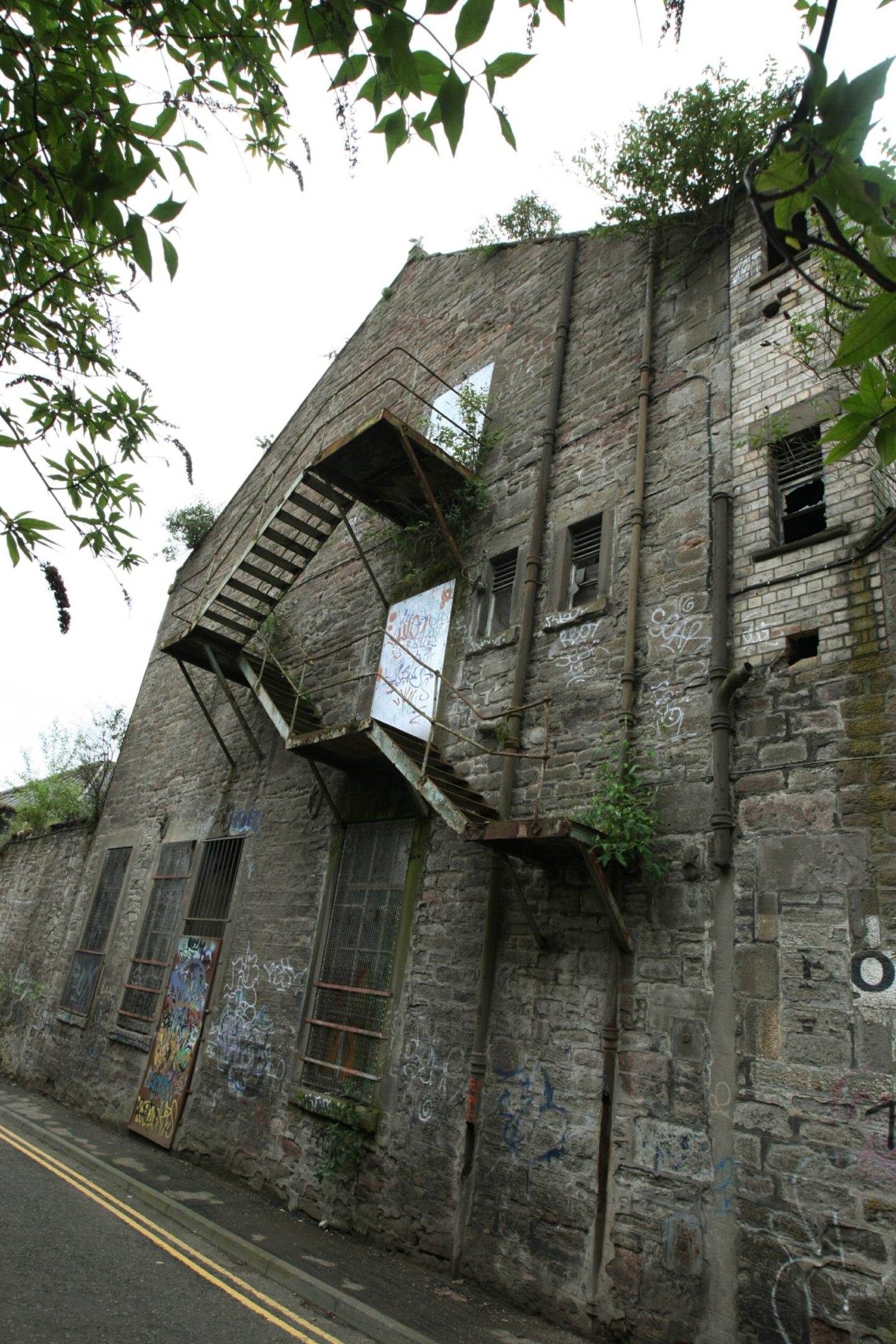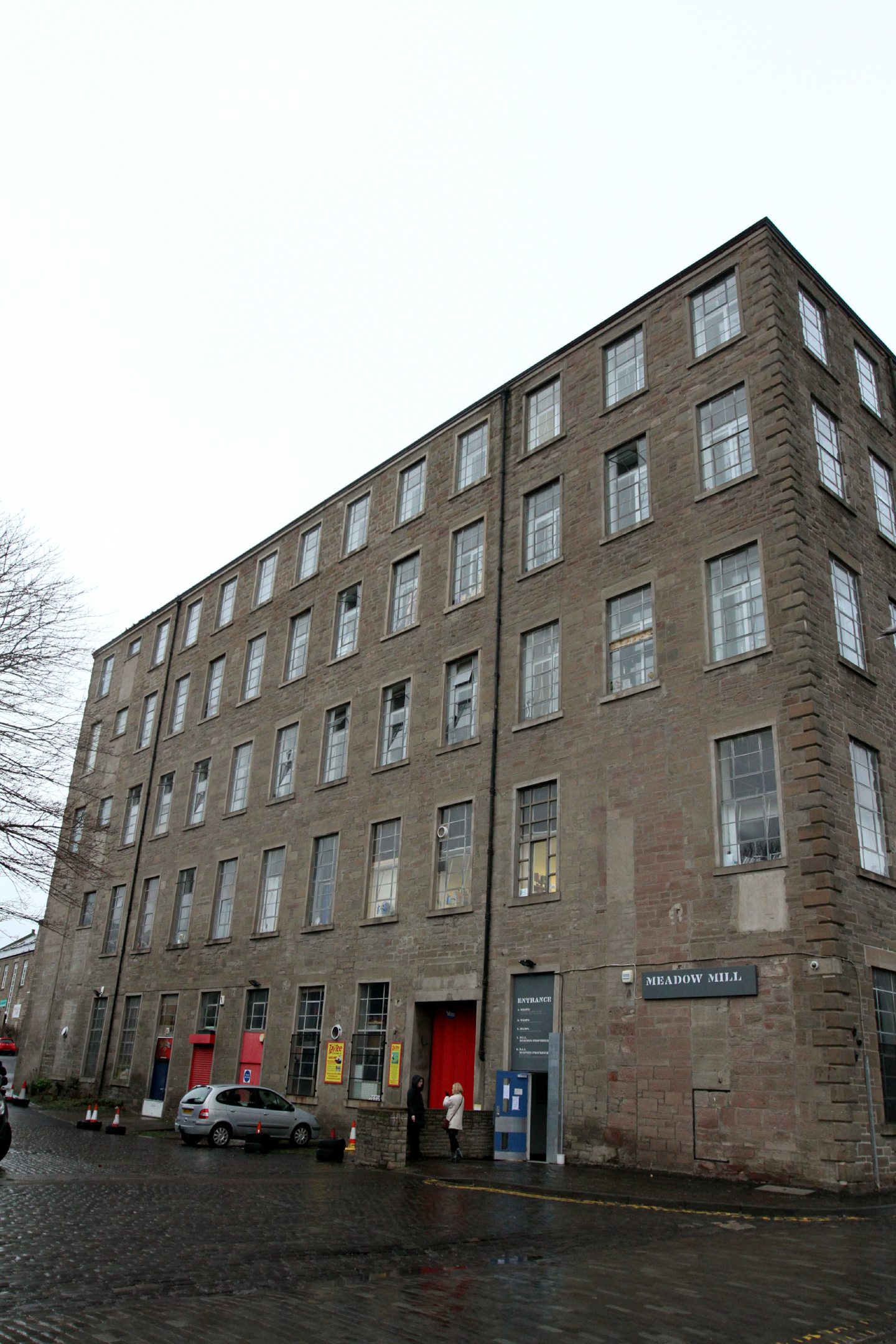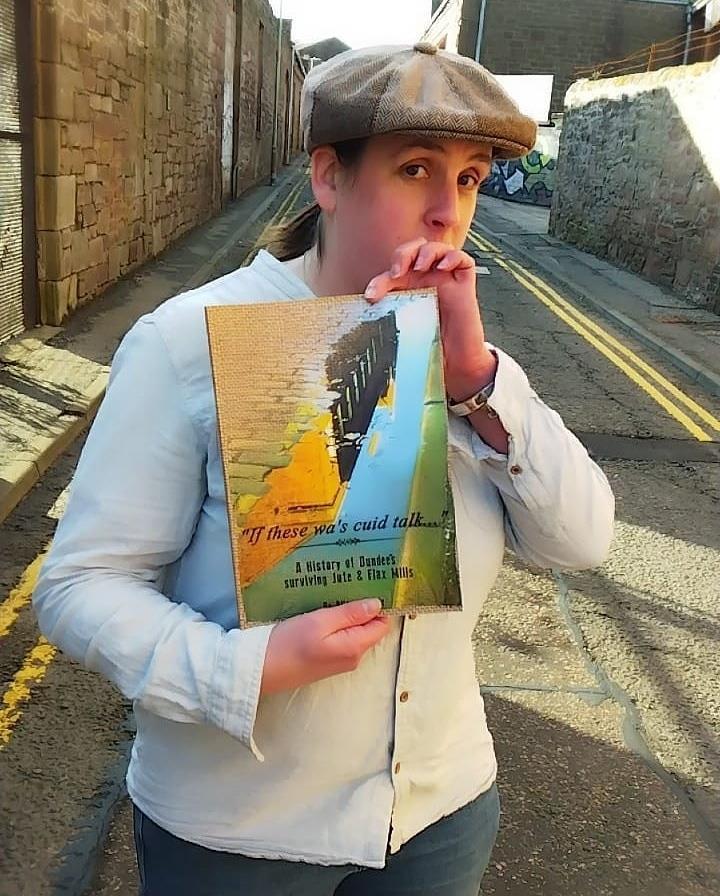At the height of Dundee’s jute trade, 150 mills stood proudly around the city. Now around 30 remain and a new book, If These Wa’s Cuid Talk, hopes to tell the stories and secrets behind the buildings that are still here long after the industry left.
Since 2014 Alison Carrie has been exploring and researching the history behind Dundee’s jute mills.
After moving to Dundee the Kirriemuir native began daily walks around the area and quickly noticed the grand buildings that seemed to be clustered together throughout the city.
Intrigued by the architecture and history of these magnificent structures Alison began her research which would end up with her writing her own book telling the tales from behind the walls.
Start of Alison’s research
Admittedly Alison’s knowledge of Dundee’s jute industry was minimal before beginning her research which was never intended to see the light of day, never mind being adapted into her very own book.
The 36-year-old said: “My book started by complete accident, you could say I am an accidental author. After moving to Dundee and being unemployed I decided to get out and about for walks to clear my anxieties and get out the house. That’s when I began noticing these grand buildings around and I just wanted to know more about them.
“I spent a year or so researching the history of jute mills and the buildings that were still standing before I became a volunteer at Verdant Works which gave me a real understanding of how the machinery worked and what a job in the mills was like.”
Understanding Dundee’s mills
As she delved deeper into their history, Alison began finding out just how important the logistics of the sites were and why the seemingly scattered mills were built in such close proximity to each other.
Alison added: “The machinery was vast and what is really interesting about the mills in Dundee is that they were designed by engineers rather than architects. The buildings themselves were designed to fit around the machinery that they contained rather than the machinery fitting inside the buildings design.
“As I began researching it was interesting to me as to the amount of mills there were in Dundee and how they all connected such as the Dens Mills which are like a network of mills together.
“While it looks as though they are sort of scattered around the city now they were actually built in these clusters so that they were in close proximity to burns which flowed through the city.
“To operate the steam engines they needed access to fresh water and while you might expect them to have been located closer to the waterfront they couldn’t use salt water in the engines.”
Dundee’s engineering and jute mill fatalities
It was thanks to Dundee’s engineering that upgrades were available to the mills with technology used in the city’s ship building being transformed for use inside the jute manufacturers.
“Dundee has always been fantastic at manufacturing and the engineers in the city actually used their own technology in the mills,” Alison said.
“As they began upgrading from the beam engines which you can see in Verdant Works. They decided to begin using the same steam engines that were found in the ships which were built in in the city as they were able to be put into smaller spaces whilst being more powerful.
“It may actually be because of this great engineering ability that there was only one recorded boiler explosion in any of Dundee’s mills.
“A friend of mine writes about explosions in mills down in England and they seem to be very frequent. In the early days people didn’t quite understand pressure and boilers as much and in these cases down in England the whole mill would blow up.
“However I began looking at these explosions and could only actually find a record of one mill explosion in Dundee which I thought was really, really impressive.
“There is of course a lot of accidents and deaths that occurred in mills though which I do go into in the book.”
Logie Works – Dundee’s Coffin Mill
It was at Dundee’s infamous Coffin Mill that the only recorded explosion took place in the late 1890’s. Logie Works, located on Brook Street, also has a history of paranormal sightings with many locals believing they have witnessed a spooky white lady at the site which is now flats.
Alison said: “In the late 1890’s the end of Coffin Mill, which is how locals know it although it is actually called Logie Works, blew out killing 19 people.
“If you look from Brook Street you can actually see that the end portion is at a slightly different angle and also is a slightly different sandstone to the rest of the building which is where the boiler explosion took place.
“The old footbridge was said to have been left dangling and the blast threw stone work through the walls of mills next door so it must have been a mighty bang.
“Although the explosion killed 19 people I was really impressed that there was only one recorded case and I suspect it is just because Dundee manufactured their own equipment and did quality work.”
The mills that still stand
From the 150 mills that were built at the height of Dundee’s jute industry roughly 30 mills are still standing to this day.
Many of these buildings have now been turned into homes, hotels or warehouses and garages used for local businesses.
Alison said: “As I began my research I wanted to find out why these 30 odd buildings were still here and it turns out that some are a good size for being turned in to homes or hotels and some of the smaller ones were kept and turned into garages.
“I soon realised that these buildings were still here because Dundee has just been pretty good at reusing what they already had.”
To celebrate the mills that are still standing Alison created her very own walking routes that would take in the sights of a number of buildings throughout the city.
In just one of the walks, which are less than three miles from start to finish, you can take in the architecture of 14 different mills including Meadow Mill, the derelict Queen Victoria Works and the Old Mill Complex, which is now flats and units.
At the complex, people can take a glimpse back in time with the various outbuildings and an old brick chimney and the tour will take you through the old works entrance and archway that is still home to a weighbridge.
Alison added: “I created the walking tours as I really wanted to get people out exploring the history that we still have on our doorstep especially when coronavirus restrictions have eased.
“There is so much of Dundee’s jute history left and it is a great way to take it all in although you could also follow along on Google Maps if you can’t get to Dundee too.”
If These Wa’s Cuid Talk
Now after over six years of planning and fundraising Alison’s book, If These Wa’s Cuid Talk, is now set for release capturing the tales of 170 years of Dundee’s textile industry and the stories of more than 50,000 workers and how the buildings themselves have outlasted and entire industry.
Alison added: “Now that the book is finished and ready for release I sense a real sense of relief but I don’t think it will feel real until I see it on a shelf in a shop.
“I have never written before but I wanted to tell the history of these buildings in a way that was easy to understand. I could find a lot out about the production in the factories and the people who worked in the mills but I couldn’t find much about the buildings themselves that was easy to understand and can help others trace back their family history in a way that isn’t intimidating.
“I never expected to write a book but now my presale has sold out in two days and it will be on general sale on Saturday.”
If These Wa’s Cuid Talk is available to buy from Saturday from Coorie in Broughty Ferry, SCRAPantics in Meadow Mill and also via Alison’s Etsy shop online.
